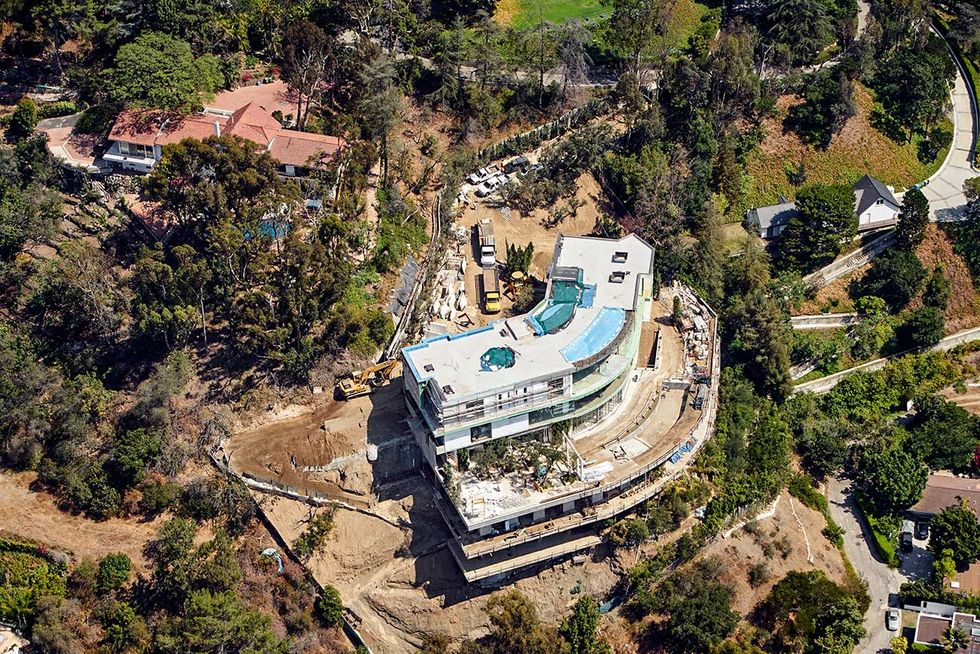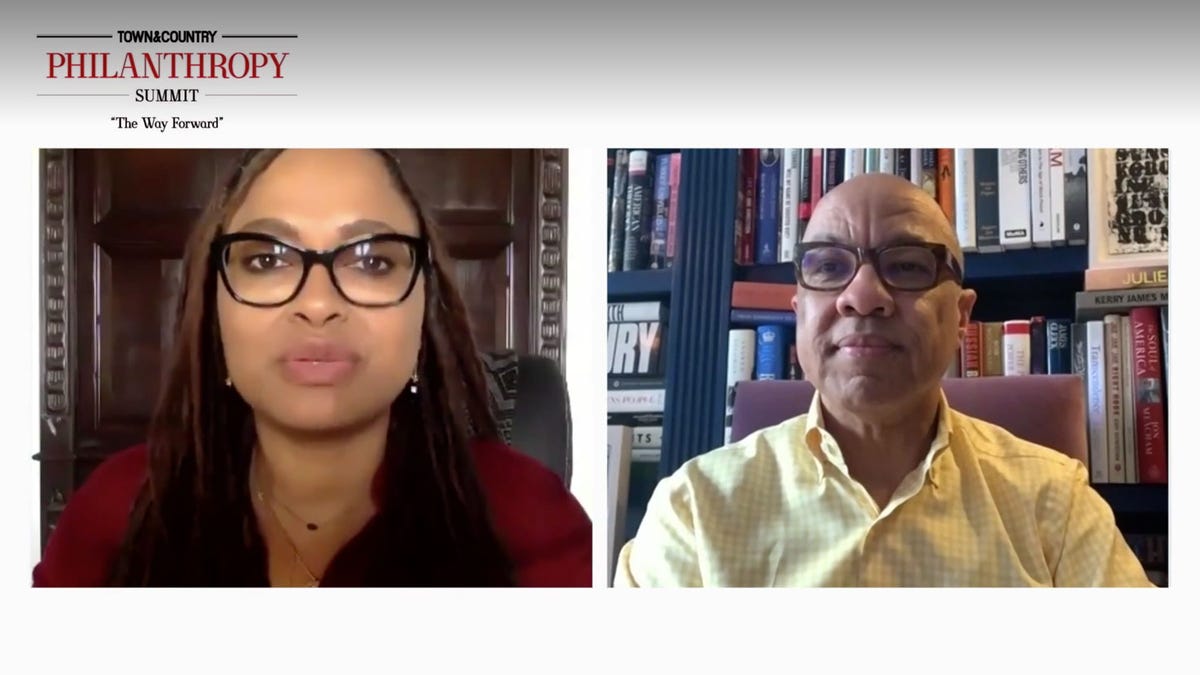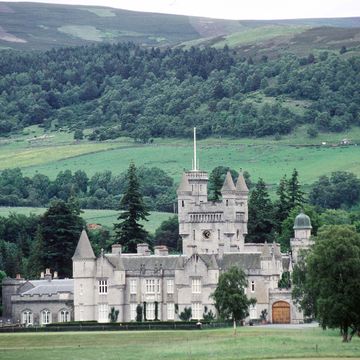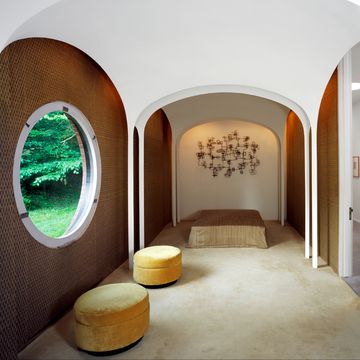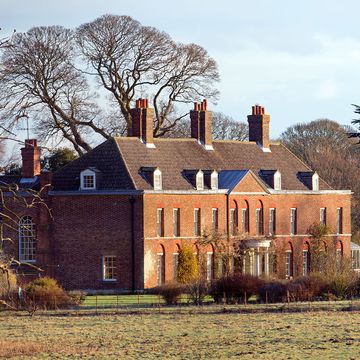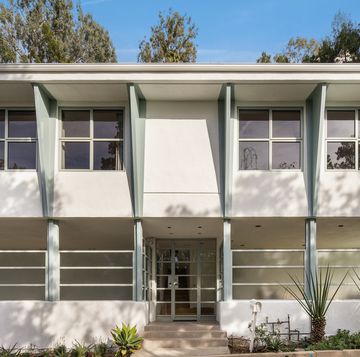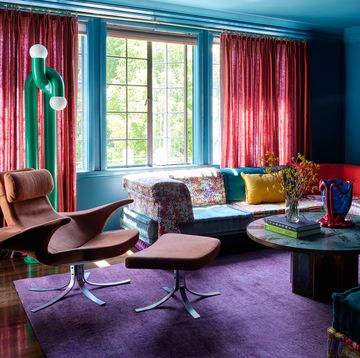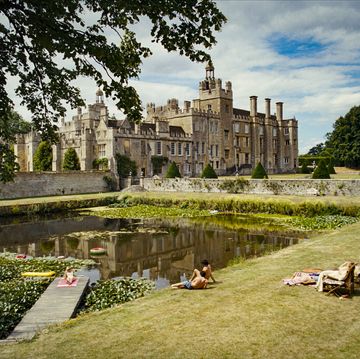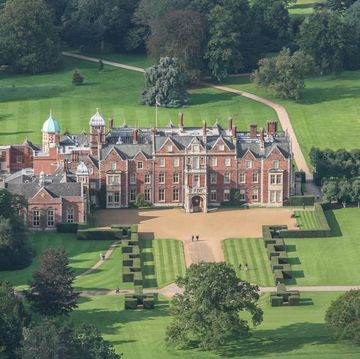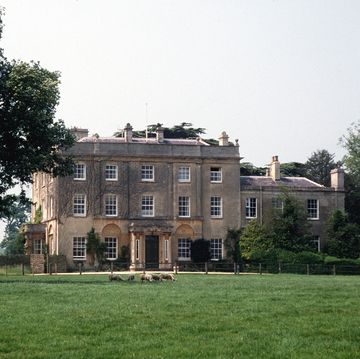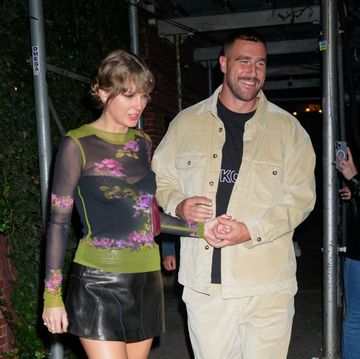Being the lead story on the front page of theNew York Times should have been the capstone of the unforeseeably brilliant career of Mohamed Hadid, a once homeless refugee who has gone on to build some of the world's most spectacular homes, a Palestinian Muslim who has been embraced by the traditionally Jewish redoubt of Beverly Hills, the father of supermodels Gigi and Bella Hadid, a fixture of gossip columns and reality television.
Hadid is arguably the most high-profile, sybaritic property developer since his erstwhile rival Donald Trump.
Instead, that Times feature of December 14, 2015, was the worst booby prize Hadid could have imagined. In the months that followed, the City of Los Angeles filed criminal charges that could send him to jail. Given that Beverly Hills is one of the world capitals of schadenfreude, the buzz on Rodeo Drive was that had finally met his Waterloo and that disaster was near.
Millions of Times readers might have thought Steven Spielberg was making a sequel to Close Encounters of the Third Kind when they saw the front page photo of what looked like a massive spaceship perched on one of the top-dollar hills of Bel Air, L.A.'s most exclusive, most elegant subdivision.
The "Starship Enterprise," as the structure had become known among its outraged neighbors, was Mohamed Hadid's latest "spec" house, a multicolored 30,000-square-foot, seven-story hemisphere of future shock that he referred to on his heavily trafficked Instagram account as "#themodernhouseofhadid." He was planning to sell it for upward of $100 million.
The long article accompanying the photo went through a litany of offenses, aesthetic as well as legal, citing numerous violations of the Los Angeles building codes and the resultant dangers in this land of earthquakes, and pointed out that the behemoth would be twice as large and twice as tall as the structure the city approved—though much smaller than the developer's other recent blockbusters, notably the nearby 53,000-square-foot Palazzo di Amore, which had been trumpeted as America's Most Expensive Mansion, having been listed initially at $195 million. However, the Palazzo was on an estate of 25 acres. The Starship's lot was 1.2 acres; 30,000 square feet was a lot of house for not a lot of lot.
Adding innuendo to injury, the Times then went on a tear about shell corporations and alleged money laundering through spec mansion ownership, presenting a rogues' gallery of offshore oligarchs who inhabit these monuments to avarice. One takeaway was the sense that the kind of people who bought Hadid-developed houses were viewed as not of the same ilk as traditional Bel Air types like Gary Cooper, Elizabeth Taylor, Conrad Hilton, the Reagans, and the Nixons, all of whom called this hallowed soil home.
What this coverage accomplished was to bring to the world's attention what heretofore had been a very local, albeit ferocious, battle between two neighbors: Hadid, 68, and Joseph Horacek, 75, a pillar of the California bar, former senior partner at Manatt, Phelps & Phillips, and probably the WASPiest Hollywood entertainment lawyer alive. From the seriousness of his golf game at the impregnable Los Angeles Country Club to the understatement of his style, Horacek is the embodiment of Bel Air, an anchor of the Old Guard.
"He messed with the wrong person" is how Horacek summarized the situation to me. There is only one solution to the problem, he insists, asserting that the house is so far outside of code that it could never be brought back in. The Starship must be demolished.
"Demolish this house? Never!" Hadid tells me. "That would really cause problems: the trucks, the dirt, the dust, the noise, the hauling. It could take years. That would be insane." He defends the beauty and integrity of his modern masterpiece. "This house will last forever. Bel Air will fall before this will."

